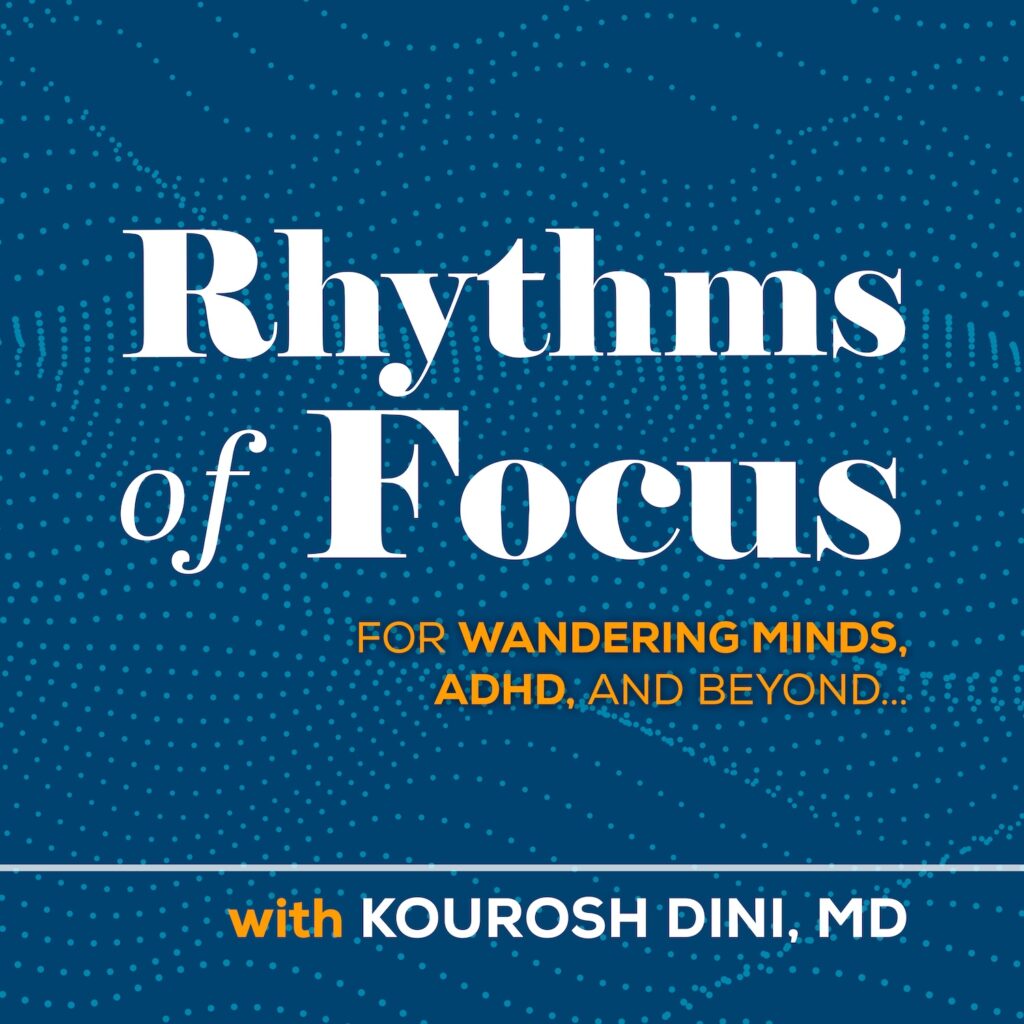Addendum: I’ve since created a handy PDF of the technique which you can get with a mailing list signup.
A solid decision can vastly improve focus, engagement, and a sense of doing what feels meaningful in the moment. But a feeling of scatter, indecision, or paralysis can sneak in at most anytime. Regardless of the lists you’ve made, the work laid out before you, something just prevents that movement forward.
One could ignore a feeling of ambivalence to force a decision, but the next moment of scatter may not be far off, and any forced decision has a consequence, not the least of which is exhaustion.
The Anchor Technique is a pen and paper method of engaging work, at least in the moment, that will appear to be absurdly simple at first glance. I’ve been working on it for several years, not deliberately trying to find a technique, but just noticing it form.
It began with an attempt to find a way to focus on bits and pieces of what I was doing in the time of a particular project, but it gradually became a much more encompassing mode of gaining scope of where my mind was in the moment, and how I wanted to proceed.
At this point, it has become a way of bringing my mind to decision in a very conscious way. It does not reduce risk, but it at least lays my options out before me in a very present focused way.
Titled, “anchor”, the technique has become a way of holding myself still for a few moments to gauge a direction. I can always adjust and change where I am heading. I am still the captain of my ship at any point in time. But I have a way of consciously doing so.
I delve into the technique and at least some of its usages in the first content lecture of my Waves of Focus course, and then describe where it can support multiple components of a workflow throughout.
Most everyone that I’ve described it to has found it to be novel and helpful. Occasionally, I come across someone who already does something like it, though there are some rough edges here and there. I don’t think I’ve invented something; it’s maybe more that I’ve just formalized the “rules” of what makes it work.
A couple of concerns that come up are:
- “What about procrastination?” – Nothing is immune from procrastination. Quoting Neil Fiore’s Now Habit, “Procrastination is a mechanism for coping with the anxiety associated with starting or completing any task or decision.” The anchor technique at least allows you to put the process of procrastination in front of you.
- “What if I cannot think of anything?” – Consider writing what you are doing now. Or, maybe write whatever it is you get up to do after putting down the pen. Write as little or as much as makes sense to you.
- “What about losing track of the big picture?” – Yes, you can certainly lose track of things. This is not a technique to be used in isolation, much like an anchor of a boat is not the entire boat. But, it sure is helpful in context of other components.
If you’re interested in learning about the Waves of Focus course of which the Anchor Technique is a part, check it out here.






